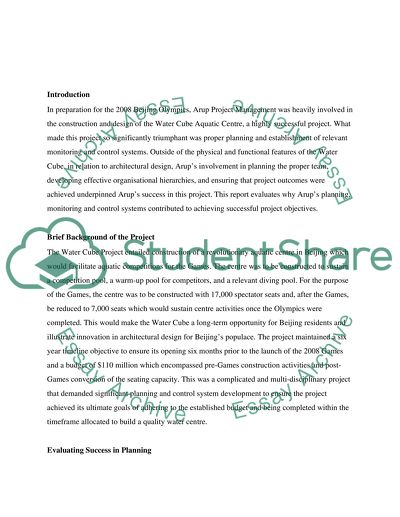Cite this document
(The Water Cube Project: Arup Project Management Case Study - 1, n.d.)
The Water Cube Project: Arup Project Management Case Study - 1. Retrieved from https://studentshare.org/engineering-and-construction/1699645-project-management-for-business
The Water Cube Project: Arup Project Management Case Study - 1. Retrieved from https://studentshare.org/engineering-and-construction/1699645-project-management-for-business
(The Water Cube Project: Arup Project Management Case Study - 1)
The Water Cube Project: Arup Project Management Case Study - 1. https://studentshare.org/engineering-and-construction/1699645-project-management-for-business.
The Water Cube Project: Arup Project Management Case Study - 1. https://studentshare.org/engineering-and-construction/1699645-project-management-for-business.
“The Water Cube Project: Arup Project Management Case Study - 1”. https://studentshare.org/engineering-and-construction/1699645-project-management-for-business.


